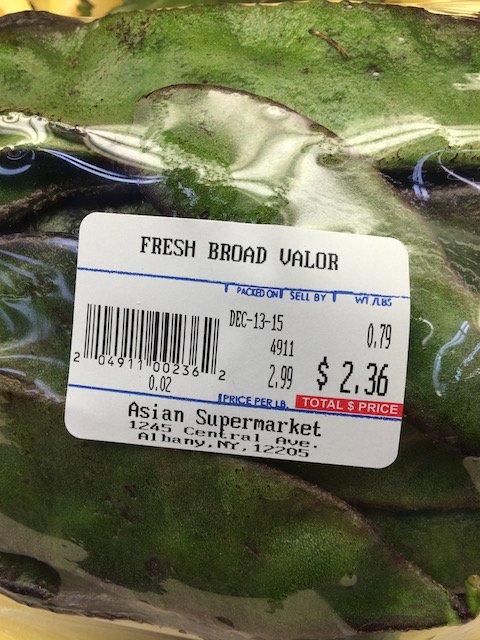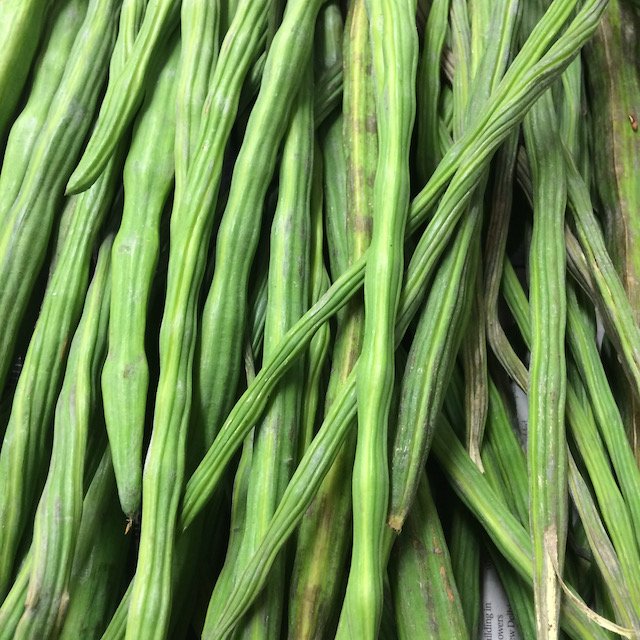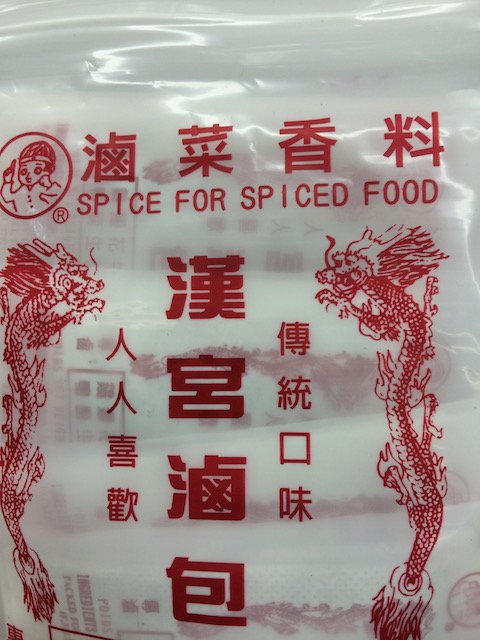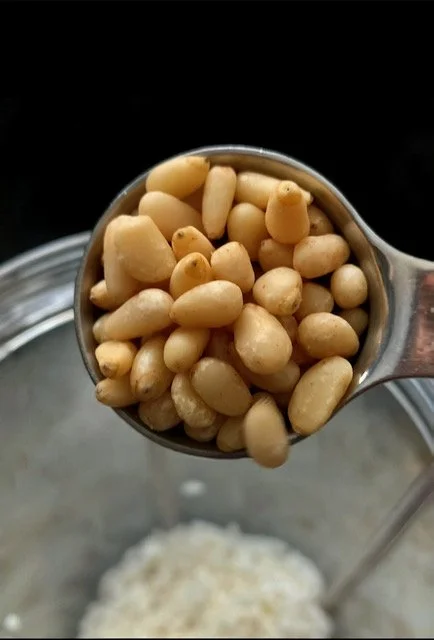the loving spoonful

TL/DR: this is still a hot slurry account. I do love a niche! Scroll down for a very gentle way to get fed (spoiler alert we’ve moved from hot milk to porridge!), or linger on the scenic route for a sort of book review-esque discussion.
I build empathy edibly. By bringing people food, obviously, but I’m also talking about a solitary practice. Eating my way around the world is my preferred form of armchair (dining chair?) travel, and a spoon is the first thing I reach for when I want to understand someone or somewhere.
“Let’s not forget that Ukraine is not headlines, it’s people,” writes Olia Hercules, whose simple celeriac salad was the first way I tried to process what I was reading and seeing about the devastation in that country. If you are looking for ways to support relief efforts in Ukraine and other areas of intense suffering, I warmly recommend World Central Kitchen. Scrolling through the images of their people stirring giant vats of warming soups with what looks like a canoe paddle calms my jangly heart every time despair for the world grows in me.
When I wrote my book, I pulled together all the comfort food I’d been gifted as I grew, from my own Jewish ancestors and from the other traditions that my friends and chosen family brought to the table. I loved following things like rice pudding around the globe, seeing how certain foods show up over and over in kitchens everywhere, in slightly amended and consistently gentle forms. Making those things, gathering the ingredients and chopping things in the particular way called for and breathing in smells and hearing bubbles and sizzles, and then taking the food in, responding to its flavors and building energy from it—those actions and reactions teach me something untellable about how it feels to live other kinds of lives.
The cornerstone of my whole practice of feeding people, and of the book, and also the what-recipe-would-you-pick-if-you-could-only-pick-one-recipe in the book is congee, which for as long as I can remember was part of my Jewish family’s convalescing and recovery thanks to our dearest Millie Chan, who also calls it jook.
When I read (to be clear: I mean listened to, which I highly recommend) Crying in Hmart, Michelle Zauner’s lovely, salty, spicy memoir of grief and eating, I felt a whole plethora of things. I recognized so many of the ways she sometimes rallied to and sometimes collapsed under the weight of the story of her mother’s illness and death, even though the ill person I cared for similarly was my sister, and my own mother’s death took a very different form.
A lot of the way I felt as I read was hungry, and specifically curious-hungry, as Korean food is not so well known to me. Hmart, where the titular crying happens, happens to be one of my happy (and hungry) places. Like the author, in all the seasons of my life (especially the current one) I also tend to do a lot of crying in grocery stores, but I’ll never quit them, especially grocery stores that take me across a culture or two or five. Insta-ordering food has its charms but will never take the place of aisle-wandering and hefting the veggies. My photo files are heavily laced with Foods I Have Seen And Wondered About from outings to markets all over everywhere.
All this to say, the book had me of a mind to snack from the opening credits. Her descriptions of her mother’s banchang, the collection of highly-seasoned little side dishes that adorn and customize a meal to each eater’s personal taste, were so tantalizing (and so much the way I like to eat), that all along I was thinking I would reach for something similar to eat my way out of the headspace of the book.
Making jatjuk.
In the end though it was the jatjuk that I couldn’t stop thinking about. In this particular Korean iteration of the soupy rice I love so well, which the author first makes to tempt her mother to eat and which draws her back into kitchen as a cook, the rice is soaked and ground up with pine nuts before cooking. How many pine nuts have I eaten in how many pestos and pignoli before fully grokking that pine nuts come from pine trees? Answer: however many preceded seeing the picture of the pine nut on a pine branch in the recipe photo below.
I sort of expected that I might need to adorn or season the jatjuk somehow to warm my own palate to its charms but I was supremely and extremely wrong to think that. It is heavenly just as it is, smooth and calming with a very satisfying substance to it. Somehow it is a little bit rich without any heaviness at all. You kind of close your eyes a little when you taste it. Alllllll the thumbs up.
I’ve copied Maangchi’s recipe below without changing it one bit, and if you head to her page you will see some very informative process photos as well as about ten zillion other mouth-watering things to make. She is also on IG here.
Photo by Maangchi
Pine Nut Porridge (Jatjuk)
makes one serving
1/3 cup short-grain white rice
2 tablespoons pine nuts
½ teaspoon kosher salt
Soak ⅓ cup of short-grain rice in cold water for 1-2 hours. Drain and rinse the rice andput it into a blender. Add 2 tbs pine nuts and 2 cups of water to the blender.
Blend the mixture on high for about 3 minutes, until you have a smooth, milky-white liquid.
Transfer the blender contents to a small, heavy-bottomed pot. Cook the mixture over medium high heat, stirring constantly and thoroughly with a wooden spoon, for about 3 minutes.
Add the salt, lower the heat to medium low, and stir for 5 more minutes. The porridge will thin out a bit, ending up a little bit soupy in consistency.
Transfer the finished porridge to a serving bowl and garnish with a few pine nuts on top.
Serve warm.













